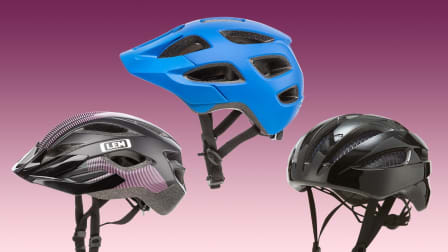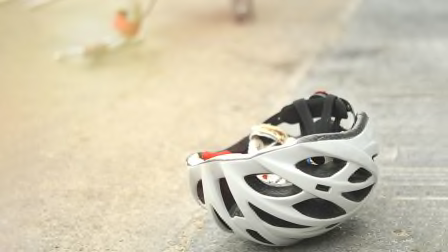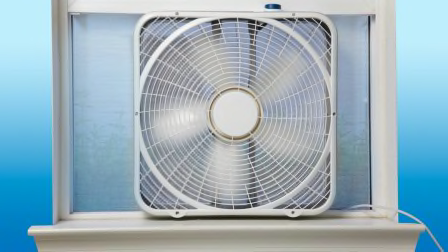Why You Should Consider Wearing a Skate-Style Helmet
It offers some added protection that bikers might appreciate, too
When you shop through retailer links on our site, we may earn affiliate commissions. 100% of the fees we collect are used to support our nonprofit mission. Learn more.

The primary function of any type of bike helmet is to protect your head. Any helmet sold at a bike shop or big-box store should meet minimum safety standards established by the Consumer Product Safety Commission. So your top priority should be finding a helmet that fits well, says John Galeotafiore, associate director for testing at CR.
When we test helmets, impact protection is the largest component of the score. We also rate helmets for ventilation, ease of use, and more. But if protection is your main concern, it may be worth considering what’s called a skate-style helmet, says Randy Swart, executive director of the nonprofit Bicycle Helmet Safety Institute and former vice chair of the helmet and headgear subcommittee for ASTM International, a nonprofit that sets voluntary standards. Still, the style of the helmet won’t directly affect its impact absorption rating, Galeotafiore says, and that’s key for safety. Protection-minded buyers should pay attention to that as well.
Why Skate-Style Helmets May Be Safer
These helmets, which are called “skate-style” or “urban-style” in CR’s ratings, tend to be rounder, with fewer sharp angles, and have coverage that goes a little farther down the sides and back of the head. They’re often worn by skateboarders and others on scooters and balance bikes.
Best Skate-Style Helmets
If you’re looking to buy a skate-style helmet for biking, make sure it meets the CPSC bike standard, which it should if it’s being sold as a bike helmet in a bike shop or big-box store.
Most skate-style helmets are actually not certified to meet standards for skateboarding helmets, which are required to stand up to more than one hit. Those standards also require more coverage in the back of the head. But the bike standard requires more coverage in the front of your head. So for cycling, you’ll definitely want to make sure your helmet meets the CPSC standard.
There are a few helmets available that are dual certified to meet both bike CPSC standards and skateboarding ASTM F1492 standards, Swart says. (You can check the helmet itself, the box it comes in, or the manufacturer’s website for certifications.)
Some of the skate and commuter helmets in CR’s ratings also meet a Dutch standard created specifically for e-bikes, NTA 8776, which requires helmets to meet a certain level of protection and provide sufficient coverage on the sides and back of the head.
Here are a few of the best skate-style helmets from CR’s ratings.






















































































